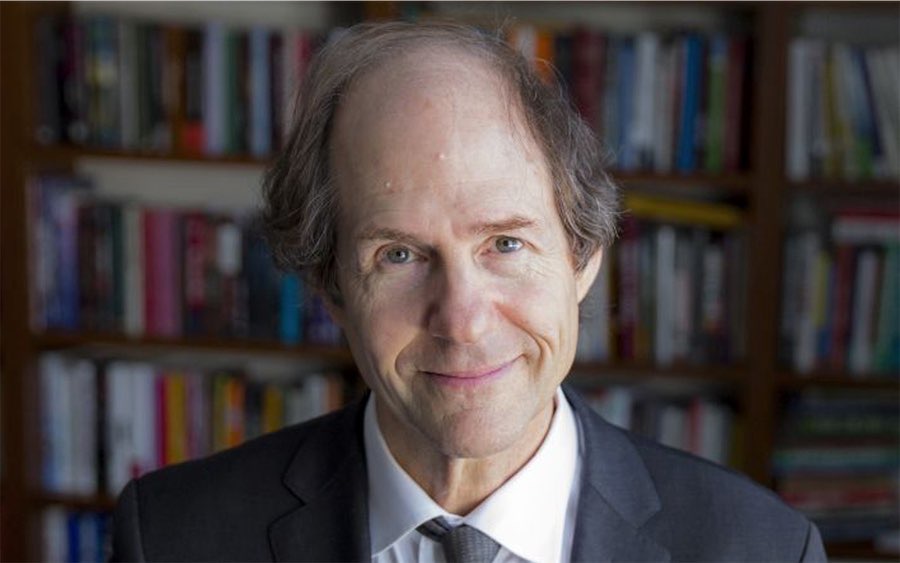
COLIN STEELE reviews a new book on the psychological hows and the behavioural whys that go into what it takes to be famous, really famous.
What does it take to become famous? Prof Cass Sunstein, from Harvard Law School, himself famous in his own field, notes that that fame requires talent, resilience, and a large dose of serendipity.

His book, How to Become Famous: Lost Einsteins, Forgotten Superstars and How the Beatles Came to Be (Harvard Business Review Press $49.99), is not a self-help manual to fame, but rather a commentary, mixing personal reflection with experimental psychology and behavioural science studies.
He looks at how and why people such as the Beatles, Taylor Swift, Bob Dylan, Muhammed Ali, Jane Austen, and Stan Lee, or films such as Star Wars, or works of art like the Mona Lisa, became famous.
Sunstein is talking about really famous people, not the faux celebrities, such as the Kardashians, nor the social media influencers.
He quotes Samuel Johnson, who pointed out “the bubbles of artificial fame, which are kept up a while by a breath of fresh air, and then break at once and are annihilated”.
He notes: “Taylor Swift is really famous in the sense that people know not only her name but also why they know her name. This is also true of Barack Obama, Steve Jobs, Elon Musk and the Pope.”
Sunstein offers a new understanding of the roles played by ability, luck, and contingency in the achievement of fame. He observes: “There is no set of shared characteristics that famous people have. Success and fame depend on 1001 different factors, and there isn’t a unifying set”.
He admits there is no easy answer for “How To Become Famous” and that his choice of subjects is based on his personal favourites, whose success he often places in the context of chance.
Thus, what if Brian Epstein had not seen the Beatles that lunchtime in the Liverpool Cavern in 1961 and then later managed to persuade George Martin to record them?
Sunstein writes: “What would the world be like if the Beatles never existed? This was the question posed by the playful, thought-provoking, 2019 film Yesterday, in which a young, completely unknown singer starts performing Beatles hits to a world that has never heard them.
“Would the Fab Four’s songs be as phenomenally popular as they are in our own Beatle-infused world? The movie asserts that they would, but is that true? Was the success of the Beatles inevitable due to their amazing, matchless talent? Maybe.”
Sunstein similarly recounts the story of the then Cassius Clay who, after his bicycle was stolen when he was 12, told the police officer: “I want to whup that guy”. The officer responded: “Well, if you want to whup somebody, you better learn to box” and enrolled him in his boxing gym. Again serendipity and timing, allied to obvious talent, ambition, mentorship and hard work.
And what of the “lost Einsteins”, people who might have been famous but never made it.
Sunstein writes: “There are a zillion people in human history who could have been iconic, or something in that direction, who never made it. One reason is they may have been born in a time and place where they had the wrong gender or the wrong demographic or the wrong skin colour or wrong religion. (By wrong, I mean unfavourable for opportunity or success).”
Sunstein notes there was “No Age of Shakespeare in 1600”. Shakespeare owed a great deal, in terms of posterity, to the posthumous publication of the First Folio in 1623, which preserved a number of his plays.
Scottish novelist Mary Brunton was thought by contemporaries to be as talented as Jane Austen in the early 19th century but Sunstein believes she lacked a “champion”. He explains why Bob Dylan made it and a talented songwriter and folk singer Connie Converse did not in the New York music scene of the 1950s and 1960s.
Leonardo da Vinci’s Mona Lisa, arguably the most famous painting in the world, was not immediately considered a masterpiece.
Sunstein believes that its theft in 1911, was “critical to the emergence of the Mona Lisa as the most famous painting in the world. Without that theft, it probably would now be one of a set of paintings that people think are very good”.
Clive James once wrote: “A life without fame can be a good life, but fame without a life is no life at all”.
How to Become Famous is a fascinating analysis of the nature of fame, in which Sunstein concludes: “There is no set of shared characteristics that famous people have. Success and fame depend on 1001 different factors, and there isn’t a unifying set. Life is a lottery.”
.
Who can be trusted?
In a world of spin and confusion, there’s never been a more important time to support independent journalism in Canberra.
If you trust our work online and want to enforce the power of independent voices, I invite you to make a small contribution.
Every dollar of support is invested back into our journalism to help keep citynews.com.au strong and free.
Thank you,
Ian Meikle, editor



Leave a Reply